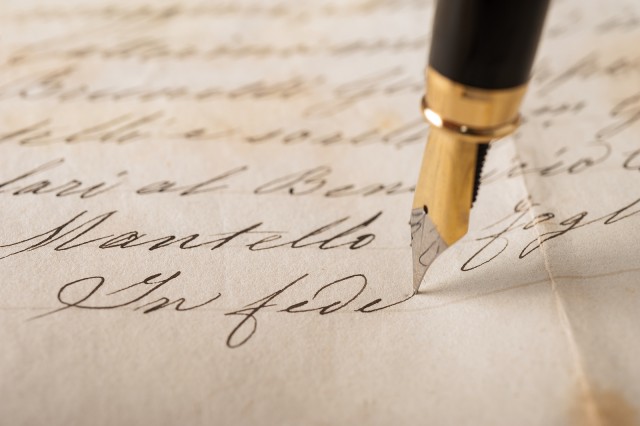Editing
Bothersome Words provides professional editing, proofreading and manuscript development services to both trade publishers and private clients, including writers who are just starting out, those who are developing their work for submission to agents and publishers, and independent authors planning to self-publish.
The process is usually broken down into three basic steps:
- structural editing
- copyediting
- proofreading
How much editing is involved at each step depends on the individual manuscript and the amount of work that has already been completed.
Structural editing
Also known as substantive or developmental editing
This is a “big picture” edit of the entire work, concentrating on the story or overall message of the publication. A structural edit looks at the flow, style, logic and consistency of the manuscript. Is it easy to understand? Does it make sense? Is it accessible to the reader? Is it too long? Too short?
It will involve going through the content, structure, language and tone. If it’s a work of fiction, plot elements will be checked to make sure everything is consistent – including character behaviour and appearance, chronology, tracking for plot holes, story arcs and resolutions etc. Do characters’ motivations make sense and are they believable? Is the action and pacing suitable to the story and will it keep the reader’s attention hooked? Does the story start (and finish) in the right place? Is it being told from the right point of view?
A structural is also known as a “developmental edit” and, though it’s not always the case, often this work may result in significant rewriting. For this reason, a structural edit involves very little in the way of detailed mark-up of the manuscript – there’s no point cleaning up sentences and punctuation if they might be deleted or rewritten. Instead, this edit primarily takes the form of suggestions and queries on the manuscript. It is accompanied by a comprehensive report explaining the comments and elaborating on any additional or complex queries or issues.
If you would like to book a structural edit, please fill out the quote request form here.
Copyediting
Also known as line editing (sometimes line editing and copyediting are considered separate tasks)
A copyedit is probably what most people think of when they think of editing. This is a close edit of the manuscript, essentially editing line-by-line.
Copyediting focuses more on removing mistakes, errors and inconsistencies from the manuscript. It looks closely at the details of language, style, layout, spelling and punctuation. Text is checked for house style. Sources and references are reviewed. Where appropriate, facts are checked and/or queried. Lists, illustrations, glossaries, contents etc. are analysed for missing or incorrect entries.
This is a much more detailed edit to ensure everything is as it should be; for example, ensuring characters’ appearances are consistent throughout the work; making sure that actions have consequences (ie: if a character closes a door, they must then open it in order to leave the room again, and so on).
Often a second, lower-level check of structural elements is done again at this stage ie: character consistency, plot elements, document flow and so on. Because the manuscript or document may have undergone major rewrites following the initial structural edit, the editor may double-check these elements during the copyediting process.
Alternatively, the document may have come to the copyedit stage straight from draft, by-passing the structural edit altogether. In this case, copyediting will cover both structural and copyediting elements.
Ideally, you would only undertake a copyedit once you have finished structurally editing your work. Although the copyeditor may check for minor plot errors, correcting major story problems is not part of this stage of the process.
This edit is made entirely on the manuscript, and includes a report explaining any major changes or issues encountered, as well as a style sheet.
If you would like to book a copyedit, please fill out the quote request form here.
Proofreading
So, what’s the difference between proofreading and editing?
This is the very last stage and should be undertaken when all other editing and rewriting is complete. Proofreading will check the final pages for lingering typing errors and spelling mistakes before they are submitted to press/upload. Where appropriate, formatting may be checked, and glaring errors in consistency will also be highlighted. It’s usually the last check to determine whether a document is ready for publication/ presentation/ delivery.
No matter how perfect your document may appear, it is always important to get someone else to give it a final proofread. That second, fresh pair of eyes can often find errors that you missed on the first ten checks.
If you are planning to self-publish, a proofread before publication is strongly recommended. Your proofreader should not be the same person as your editor.
If you are polishing your manuscript ready for submission to agents and publishers, a professional proofread may not be necessary at this stage.
A proofread from Bothersome Words includes notes and a style sheet or update to your existing style sheet, if supplied.
Proofreads can be completed on hard copy or soft copy, depending on requirements. Edits are generally completed on soft copy using Microsoft Word and the track changes and comment function.
If you would like to know more about any of the above services, or if you would like a quote, please fill out the quote request form here.

